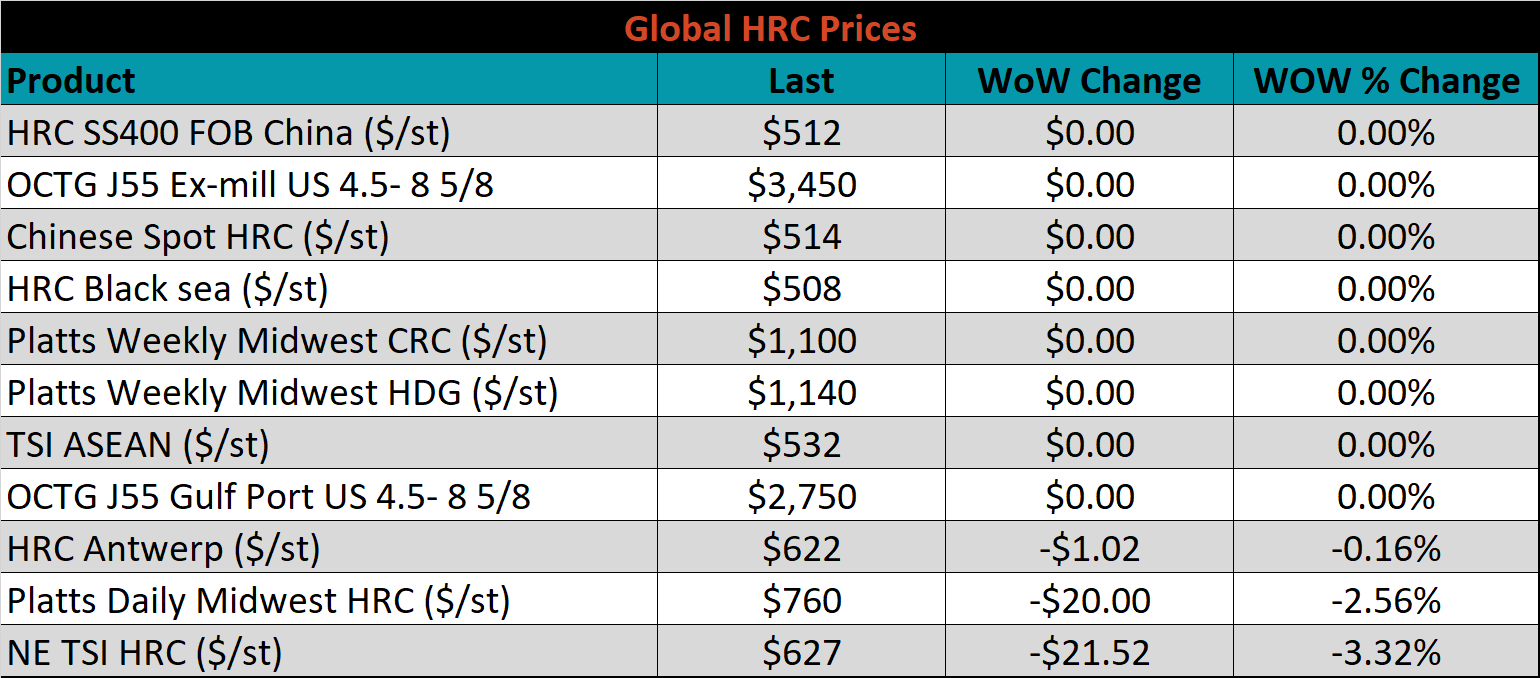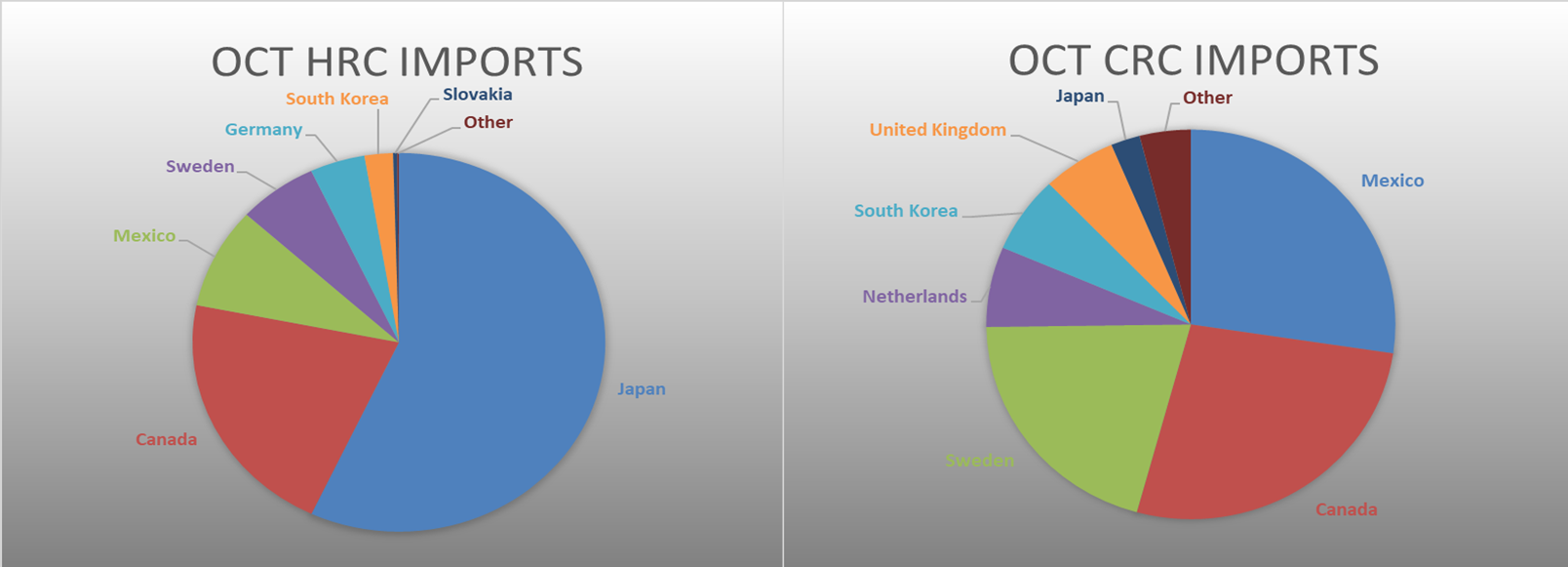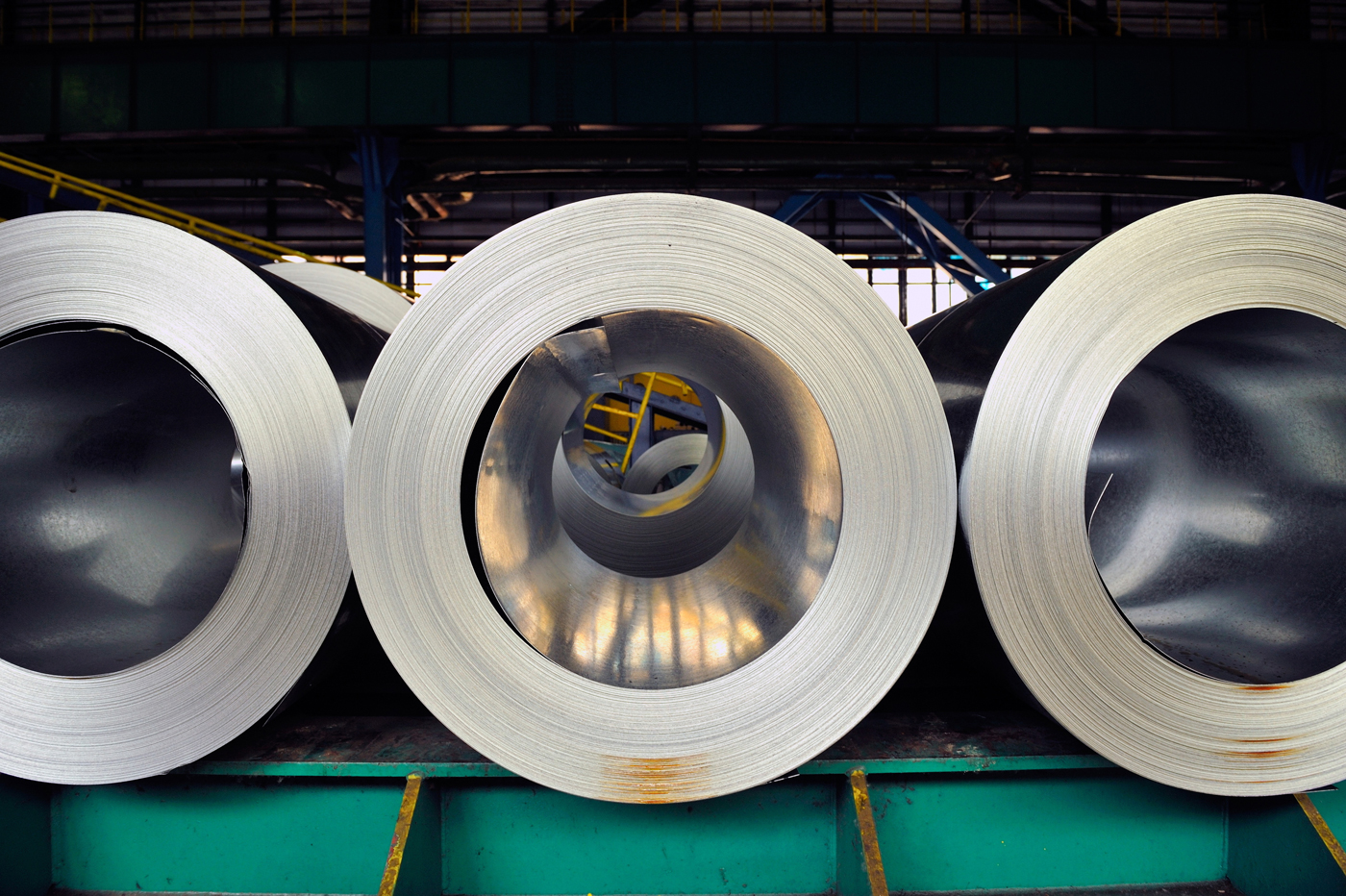

Market Commentary
Last week, the beginning of the month economic data was released and showed moderation in growth. The ISM Manufacturing PMI printed below expectations but remains in expansion territory. Total seasonally adjusted construction spending in August printed slightly negative for the 3rd month in a row. The labor market remains strong with the September unemployment rate sliding back down to 3.5%. These three factors point to a strong but slowing economy. The most important piece of economic data will be the inflation data released on Thursday October 13th. This will be the last reading before the next FOMC meeting and will likely dictate whether the group will move forward with a fourth straight 75 basis point increase or begin to moderate.
The chart below is comprised of the orders subindexes (new orders & backlog) minus inventories which has been a reliable 2-month leading indicator for the topline manufacturing PMI number. After rebounding off a recent low in July, the September print reverted to project sharp contraction within the manufacturing sector. Inventories increased while new orders and the backlog both fell. Inventories are on par with last year’s level, while new orders and the backlog of orders are down 17.3, and 13.9 points, respectively, compared to where they were in September 2021 when steel prices peaked.


ISM PMI
The chart below is the Platts Midwest HRC index (orange) and the ISM Manufacturing PMI (white). The topline ISM Manufacturing PMI index printed lower but remains slightly in expansion territory, while the Midwest HRC price fell further in September.

The September ISM Manufacturing PMI and subindexes are below.

Demand & consumption decreased compared to August, with consumption pushing into contraction territory for the first time since June 2020.
- The employment, new orders, and the backlog subindexes were among the three most significant moves lower. Employment and new orders have been in contraction territory for 4 of 5, and 3 of 4 months, respectively.
- The two most significant MoM increases came from customers inventories and inventories, respectively. Further evidence that the supply chain is easing, and the manufacturing sector is reasonably stocked.
ISM Manufacturing PMI: Demand (blue), Consumption (white), & Inputs (orange)

The table below shows the historical values of each subindex over the last twelve months.


Global PMI
September global PMI data was discouraging again, and highlights concerns around the manufacturing sector abroad. The French and Dutch manufacturing sectors slipped into contraction, while the official Chinese and Mexican sectors moved slightly into expansion territory.

J.P. Morgan Global Manufacturing

Eurozone (white), German (orange), Italian (green), Spanish (red), and French (blue), U.K. (teal) Manufacturing PMIs

US (white), Euro (blue), Chinese (red) and Japanese (green) Manufacturing PMIs

The Caixin PMI index printed lower, while the Chinese official PMI index increased and moved slightly into expansion territory.
China Official (white) and Caixan (red) Manufacturing PMIs

The table below breaks down China’s official manufacturing PMI subindexes. The prices subindex showed the most significant increase MoM but remains well below September 2021 ultra-restrictive levels. The new export orders subindex saw the largest MoM decrease, it has been in contraction territory since April of 2021.


Construction Spending
August seasonally adjusted U.S. construction spending was down 0.7% MoM but continues to be up 8.5%, compared to a year ago. This is the 3rd month in a row that seasonally adjusted growth was negative.
August U.S. Construction Spending

The white line in the chart below shows that not seasonally adjusted construction spending increased in August after unexpectedly decreasing in July 2022. The two bottom charts below show the YoY changes in construction spending. Both residential and non-residential spending continue to grow, the growth rate for residential has been trending lower since May, but non-residential spending realized a higher growth rate compared to July.
U.S. Construction Spending NSA

U.S. Private Nonresidential Construction Spending NSA YoY % Change

U.S. Residential Construction Spending NSA YoY % Change


Auto Sales
September U.S. light-vehicle sales increased slightly, to a 13.5M seasonally adjusted annualized rate (S.A.A.R) and continue to be well below the 10-year average of 16.2m. The second chart shows the relationship between the unemployment rate and auto sales. The unemployment rate is inverted to show that declining unemployment typically leads to increasing auto sales. The labor market continues to hold up remarkably well given the incredible hawkishness from the FOMC. The September unemployment rate moved back down to 3.5% and the gap between unemployment and auto sales continues to be a bullish signal for auto demand.
September U.S. Auto Sales (S.A.A.R.)

September U.S. Auto Sales (white) and the Inverted Unemployment Rate (orange)


Risks
Below are the most pertinent upside and downside price risks:
Upside Risks:
- A sudden dovish shift in financial policy leading to less aggressive rate hikes
- Strategic outages overshooting and causing production to fall below demand levels
- China reopening its economy with further stimulus measures
- Energy issues abroad curtailing global production
- Easing supply chain restraints and labor shortages causing an increase in activity
Downside Risks:
- Economic slowdown caused by increasing interest rates and sustained restrictive policy from the Federal Reserve
- Decreasing input costs allowing mills to aggressively sell lower while remaining profitable
- Increased domestic production capacity leading to an increase in competitive pricing
- Sustained levels of import arrivals keeping pressure on domestic mill pricing
- Limited desire to restock and persistently short lead times causing a “Buyer’s Strike”

HRC Futures
All of the below data points are as of October 7, 2022.
The Platts TSI Daily Midwest HRC Index was down another $20 to $760.
Platts TSI Daily Midwest HRC Index

The CME Midwest HRC futures curve is below, with last Friday’s settlements in white. The curve continues to trend lower, with all the expirations currently trading at their lowest levels on record.

The 2nd month ferrous futures were mixed with U.S. domestic prices falling most significantly, led by shredded scrap, while Aussie coking coal continues to rise, up another 0.8%.

Global flat rolled indexes were mostly lower last week, led by Northern European and Midwest HRC, down 3.3%, and 2.6%, respectively.

The AISI Capacity Utilization was up 0.7% to 77.1%.

AISI Steel Capacity Utilization Rate (orange) and Platts TSI Daily Midwest HRC Index (white)

Imports & Differentials
October flat rolled import license data is forecasting an increase of 115k to 887k MoM.
All Sheet Imports (white) w/ 3-Mo. (green) & 12-Mo. Moving Average (red)

Tube imports license data is forecasting a decrease of 5k to 550k in October.
All Tube Imports (white) w/ 3-Mo. (green) & 12-Mo. Moving Average (red)

All Sheet plus Tube (white) w/ 3-Mo. (green) & 12-Mo. Moving Average (red)

October AZ/AL import license data is forecasting a decrease of 2k to 108k.
Galvalume Imports (white) w/ 3 Mo. (green) & 12 Mo. Moving Average (red)

Below is October import license data through October 4th, 2022.




Below is the Midwest HRC price vs. each listed country’s export price using pricing from SBB Platts. We have adjusted each export price to include any tariff or transportation cost to get a comparable delivered price. Differentials decreased slightly for all the watched countries, apart from Brazil.

Global prices were mixed this week, with Brazilian export HRC down 10.2%, while UK HRC was up 4.6%.




Raw Materials
Raw material prices were mixed this week, with Brazilian pig iron up 7.7%, while Midwest shredded was down 6.1%.

Below is the iron ore future curve with Friday’s settlements in orange, and the prior week’s settlements in green. Last week, the entire curve ticked slightly lower but did not meaningfully change.
SGX Iron Ore Futures Curve

The ex-flat rolled prices are listed below.






Energy
Last week, the November WTI crude oil future gained $13.15 or 16.5% to $92.64/bbl. The aggregate inventory level was down 1.3%. The Baker Hughes North American rig count decreased by 1 rig, while the U.S. rig count decreased by 3 rigs.

November WTI Crude Oil Futures (orange) vs. Aggregate Energy Inventory (white)

Front Month WTI Crude Oil Future (orange) and Baker Hughes N.A. Rig Count (white)




The list below details some upside and downside risks relevant to the steel industry. The bolded ones are occurring or highly likely.
Upside Risks:
- Inventory at end users and service centers below normal operational levels
- A higher share of discretionary income allocated to goods from steel-intensive industries
- Changes in China’s policies regarding ferrous markets, including production cuts and exports
- Unplanned & extended planned outages, including operational issues leaving mills behind
- Energy issues abroad curtailing global production
- Easing labor and supply chain constraints allowing increased manufacturing activity
- Mills extending outages/taking down capacity to keep prices elevated
- Global supply chains and logistics restraints causing regional shortages
- Fluctuating auto production, pushing steel demand out into the future
- The threat of further protectionist trade policies muting imports
Downside Risks:
- Increased domestic production capacity
- Elevated price differentials and hedging opportunities leading to sustained higher imports
- Steel consumers substitute to lower cost alternatives
- Steel buyers and consumers “double ordering” to more than cover steel needs
- Tightening credit markets, as elevated prices push total costs to credit caps
- Supply chain disruptions allowing producers to catch up on orders
- Limited desire to restock at elevated prices, causing a “Buyer’s Strike”
- Economic slowdown caused by the emergence of Coronavirus Variants
- Reduction and/or removal of domestic trade barriers
- Political & geopolitical uncertainty
- Chinese restrictions in the property market
- Unexpected sharp China RMB devaluation




















